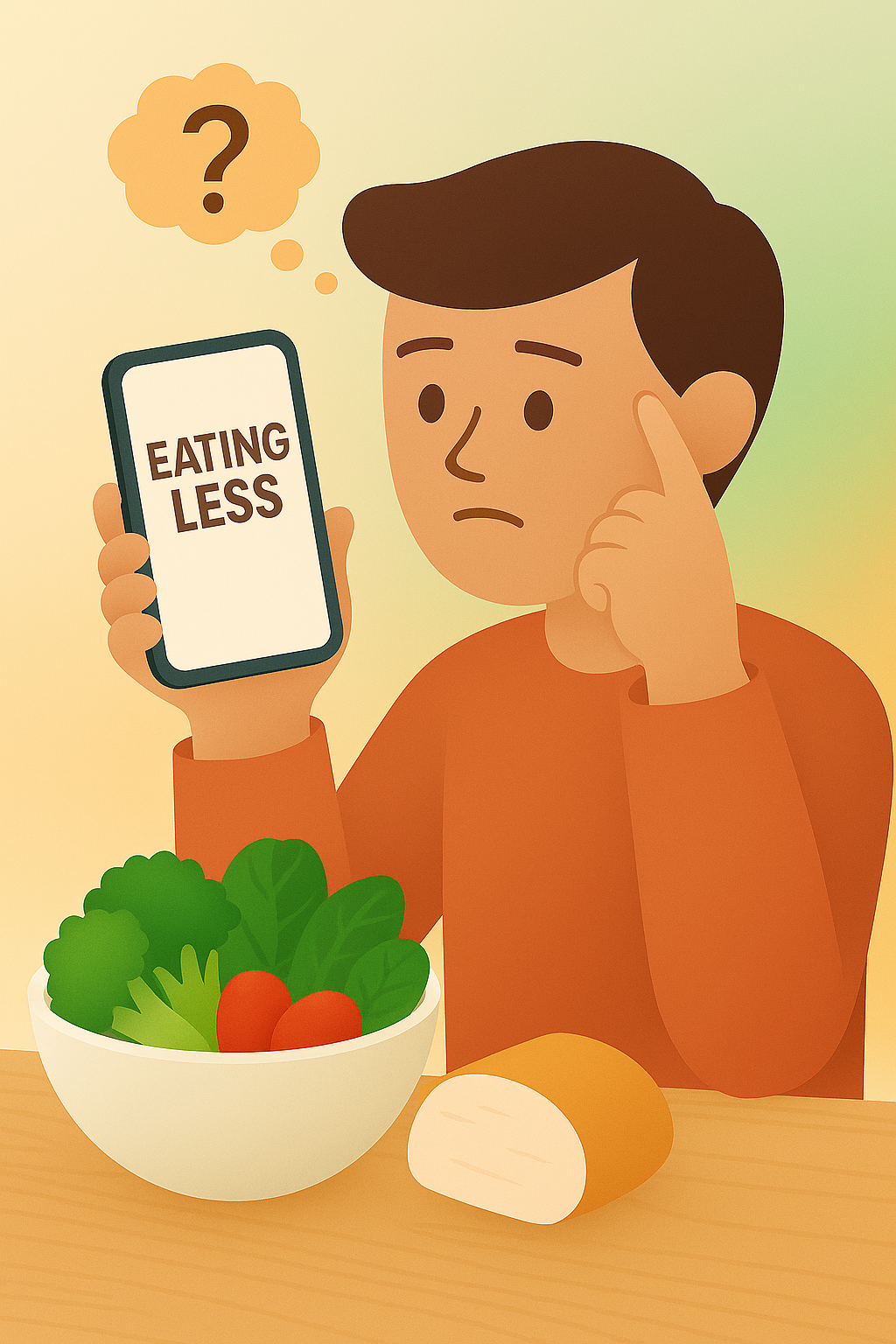Is Starvation Mode Real?
Published on August 3, 2025

You’ve probably heard someone say, “I’m not losing weight because I’m in starvation mode.” It’s a phrase that gets thrown around a lot in fitness communities, but what does it actually mean? Is starvation mode real—or just a convenient myth?
What is “Starvation Mode”?
Starvation mode, also known as “metabolic adaptation,” refers to the idea that your body stops burning fat—or starts storing fat—when you eat too little. The belief is that if you drop your calories too low, your body goes into survival mode and clings to every ounce of fat to protect itself. But here’s the truth: your body doesn’t defy the laws of thermodynamics.
The Science Behind It
Your body does adapt when you reduce calories for an extended period. Your metabolism may slow down slightly due to a lower body weight, reduced energy expenditure, and hormonal changes. But this slowdown is relatively minor and does not completely halt fat loss.
In fact, research shows that people continue to lose weight as long as they remain in a calorie deficit. The most common culprits behind stalled progress are misreporting food intake, underestimating portion sizes, forgetting to log certain foods, or compensating with less movement throughout the day without realizing it. Understanding these factors can help you stay accountable and better navigate plateaus.
What Actually Happens When You Eat Too Little?
- You’ll likely feel fatigued and irritable.
- Energy levels for workouts may decline.
- Hormonal changes can affect mood and appetite.
- You may experience muscle loss if protein intake is low.
While these effects may seem alarming, they’re actually signs that your body is adapting to lower energy availability. It’s important to distinguish between metabolic adaptation and metabolic shutdown—because the latter doesn’t happen unless you're experiencing prolonged starvation or malnutrition, which is vastly different from a structured calorie deficit for fat loss.
But you’ll still lose fat. Your body doesn’t just stop burning calories—it becomes more efficient with fewer resources.
How to Avoid Extreme Adaptation
- Don’t slash calories too hard: Stick to a 10–25% calorie deficit for sustainable results.
- Eat enough protein: Helps preserve lean muscle mass during weight loss.
- Incorporate refeed days or diet breaks: Especially during long-term cuts to support hormones and metabolism.
- Lift weights: Strength training helps prevent muscle loss and keeps your metabolism healthy.
Keep in mind that fat loss isn't always linear. Your weight may fluctuate day to day due to water retention, hormonal changes, and digestion. Rather than panicking over temporary stalls, zoom out and look at your trend over several weeks. Consistency, patience, and accurate tracking are your best allies.
Conclusion
Starvation mode, as it’s commonly portrayed, is a myth. While metabolic adaptation is real, it doesn’t prevent fat loss in a calorie deficit. Stay consistent, fuel your body properly, and trust the process. Fat loss is about science—not superstition.
Buy the Calorie Deficit Diet eBook